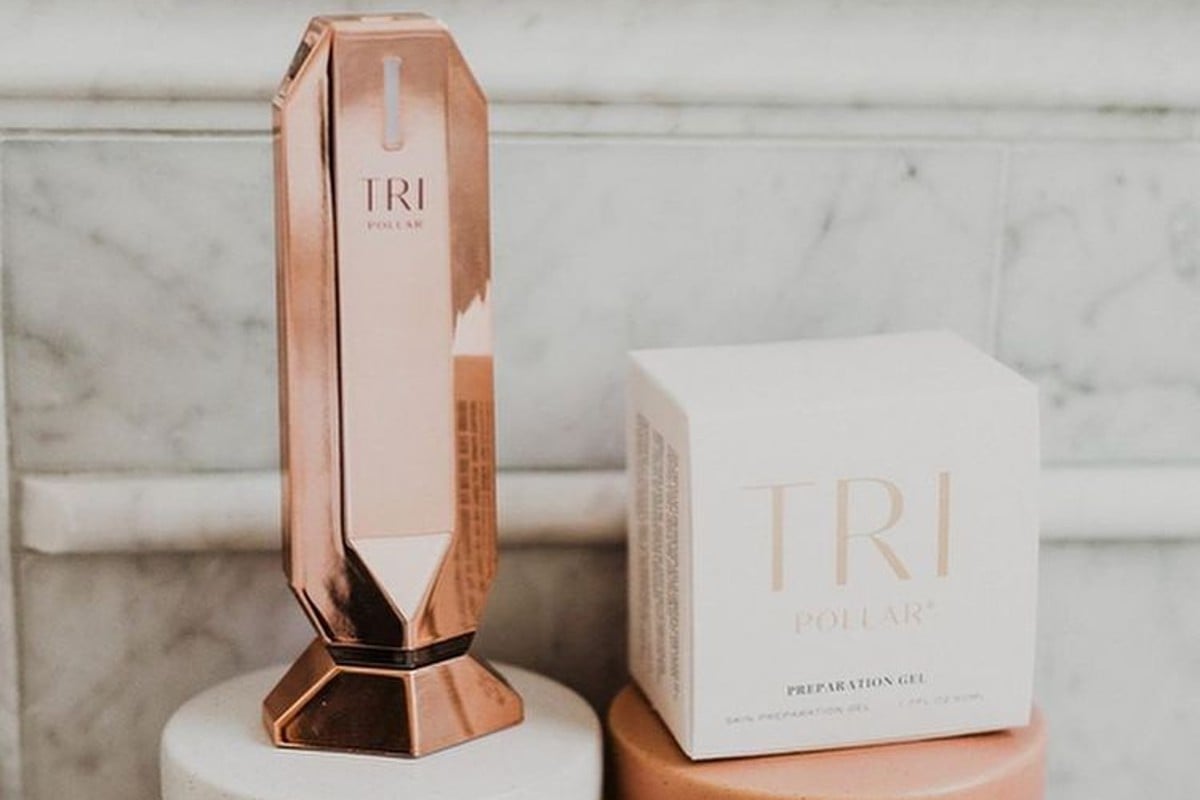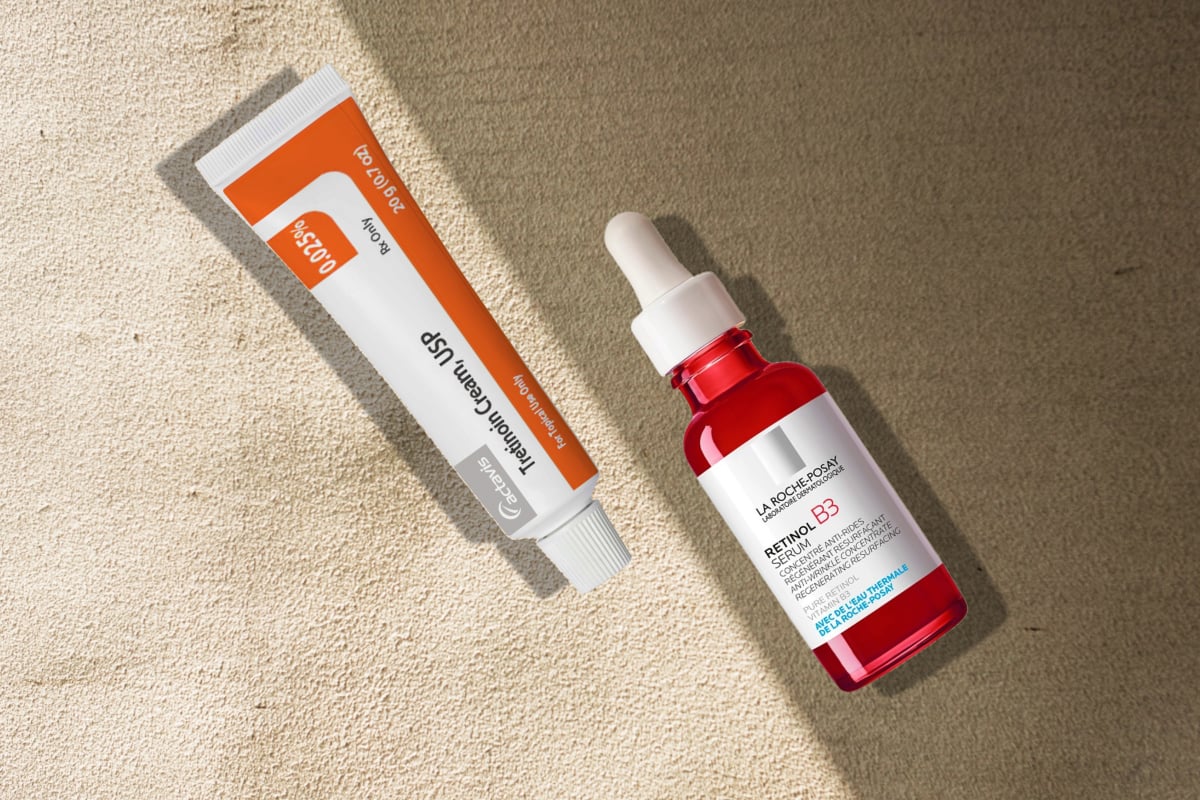Did you know that the average American woman uses 12 personal care products in her daily routine, exposing her to around 168 distinct chemicals? It’s even more startling when you realize that over 40 countries have taken measures to ban 1,400 chemicals in cosmetics. In contrast, the U.S. has set restrictions on just 9. Why such a vast difference? The Food and Drug Administration’s hands are somewhat tied when it comes to limiting chemicals in cosmetics.
The result? The U.S. market is flooded with beauty products that harbor ingredients potentially harmful to our health. The Environmental Working Group (EWG) points out that “while most cosmetic chemicals likely pose little or no risk to human health, exposure to some chemicals used in cosmetics and other personal care products has been linked to serious health problems, including cancer and reproductive harm.”
It’s noteworthy that our skin can absorb about 60% of what we apply. So, next time you’re shopping for beauty products, pause and think. Long-term exposure to certain chemicals can lead to problems like allergies, hormonal imbalances, irritations, and even severe conditions like cancer.
For your safety, it’s wise to steer clear of certain chemicals in cosmetics. Most skincare professionals, including us, urge caution and recommend avoiding these potentially harmful ingredients in your daily routine.
Triclosan
Triclosan is added to cosmetics to reduce and fight bacterial contamination. It’s a common antimicrobial agent used in toothpaste, body washes, detergents, and beauty products. However, the bad news about triclosan is that it can alter the bacterial flora on the skin. In turn, a change in the bacterial composition of good bacteria can increase the risk of allergies. This compound has also been linked to hormonal disruptions, reduced muscle function, bacterial resistance, and weak immune function.
In December 2017, the FDA set new rules for some over-the-counter (OTC) products. Due to this, companies can no longer use triclosan without getting reviewed first. This is because there isn’t enough information to prove the ingredient is safe and effective in the long run. So you better avoid it.
Instead of triclosan, look out for natural antibacterial agents, such as tea tree oil, thyme, eucalyptus, or lavender.
Aluminum
Aluminum is a metal that acts a bit like estrogen and can mess with the natural balance of our hormones. It’s often found in cosmetics where it’s used to add color and thickness, and in deodorants, it’s the thing that reduces the sweat. There’s been a lot of talk and worry about whether it could be linked to serious conditions like breast cancer and Alzheimer’s disease. The jury is still out on that one—research is ongoing, and we don’t have clear answers yet. But, what we do know is that some cosmetic products contain a range of different aluminum compounds.
Skin experts warn against using products with aluminum, especially on damaged or broken skin, like right after you shave. The skin absorbs aluminum, and when the skin is damaged, it absorbs even more. So, it’s something to watch out for when choosing your beauty products.
Parabens
Parabens are the preservatives we often see in our shampoos, lotions, foundations, and more, working to reduce bacteria and mold. However, they mimic estrogen, and that means they can throw our hormones out of whack. You’ll find them in all sorts of products, primarily because they dissolve in oil and can easily penetrate the skin. Some studies have linked parabens to cell damage and even suggested that they might play a role in breast cancer.
Cosmetic products often contain a variety of parabens, like methyl, ethyl, propyl, isopropyl, butyl, and isobutyl parabens. It’s concerning that some of these, specifically isobutyl and isopropyl parabens, are restricted in places like the EU and Southeast Asia because of their associated health risks. However, they’re still found in products in the US. The silver lining here is that most brands are now moving towards paraben-free formulas.
PEG
Polyethylene (PEG) is a polymer found in various beauty products like eyeliners and mascaras, where it acts as a stabilizer and adhesive agent. However, it’s known to irritate the skin by breaking down proteins and cells, so applying it to wounds or damaged tissue is a definite no-no. Adding to its list of downsides, PEG doesn’t get filtered out in our sewage systems, ending up in water bodies and affecting marine life.
Ethylene oxide
Ethylene oxide is labeled as a known carcinogen by The International Agency for Research on Cancer, and its use in personal care products and cosmetics is already banned in places like Canada. It’s one of those ingredients that you really want to avoid as it’s linked not just to cancer, but also to issues with reproduction and damage to the nervous system.
Synthetic fragrances
When you spot “fragrance” on your product’s ingredient list, it’s actually a term that can encompass a multitude of different compounds. The FDA lets companies use this umbrella term so they don’t reveal their scent recipes, allowing numerous fragrances to be thrown into one label spot.
These concealed scents might sound harmless, but long-term exposure has been linked to serious health problems, including cancer, allergies, and more. Synthetic fragrances are a leading cause of skin reactions, and a substantial number of people report headaches and breathing difficulties when exposed to them. Moreover, according to AAD, synthetic fragrances are the most common cause of contact dermatitis. To avoid the hidden risks of “fragrance”, choose products that clearly disclose their scent ingredients or those using essential oils as a natural alternative.
Siloxanes
Siloxanes are a common ingredient in conventional shampoos due to their ability to reduce frizz and add shine. In cosmetics, they’re used to improve the performance of the formula in terms of lubricity and smoothness. Even if it is a synthetic chemical, toxic, and endocrine-disrupting, a lot of brands still use silicones in their products. Also, siloxane is known to influence neurotransmitters in the nervous system.
How to choose skin-safe products
- Research labels — have a proper look at the ingredients.
- Less is more — pick products that have fewer and gentle ingredients.
- Take action — you can sign this petition to demand toxic-free beauty.
- Check Safe Cosmetics to see all chemicals of concern.
- Check the product hazardous score on EWG.
- Look out for the chemical-free label.
- Know your skin sensitivities.




![Does resveratrol in red wine benefit your skin? While sipping on a glass of red wine can be a delightful experience, relying on it for skincare benefits is not the best idea. Sure, red wine contains a smidge of resveratrol, but let's put things into perspective. The concentration of resveratrol in red wine is relatively low. Red wines, specifically Pinot noir from France, typically contain 0.361-1.972 mg of resveratrol per liter.[8] To hit that reference dose of 500mg of resveratrol, you'd need to drink a lot of wine. We're talking about downing anywhere from 100 to 1000 glasses per day. It's a scene straight out of a wine lover's wildest dreams, but definitely not the healthiest approach. Resveratrol Benefits for Skin](https://womensconcepts.com/wp-content/uploads/2022/03/Resveratrol-Benefits-for-Skin.jpg)
